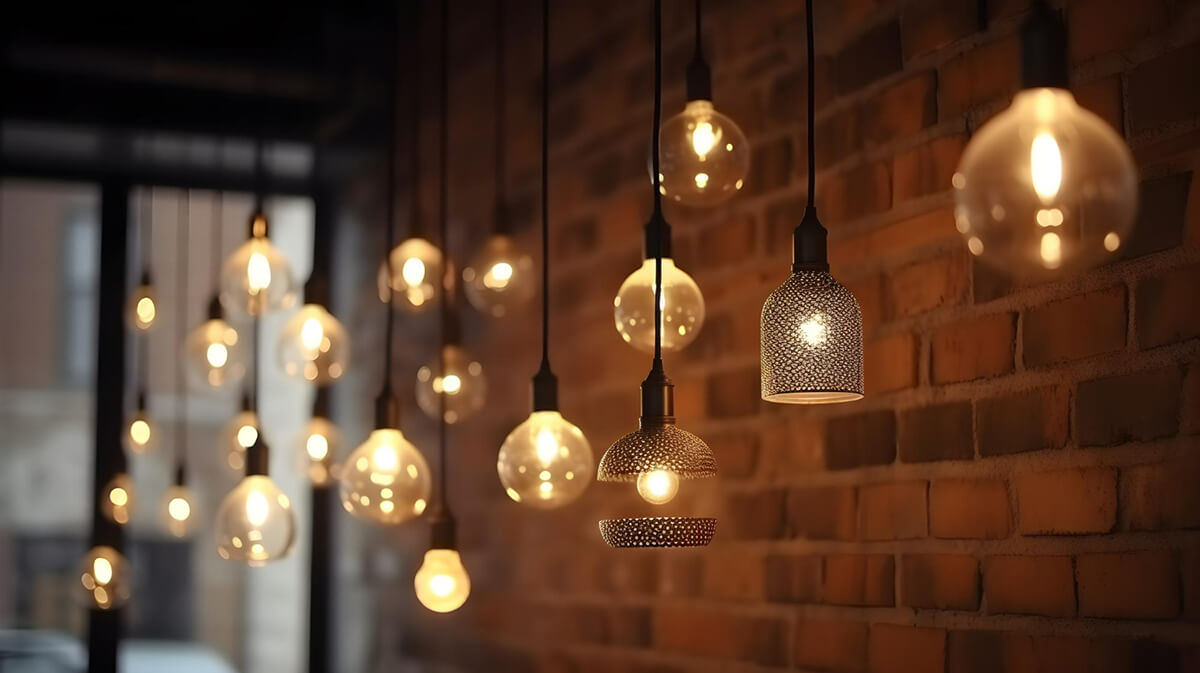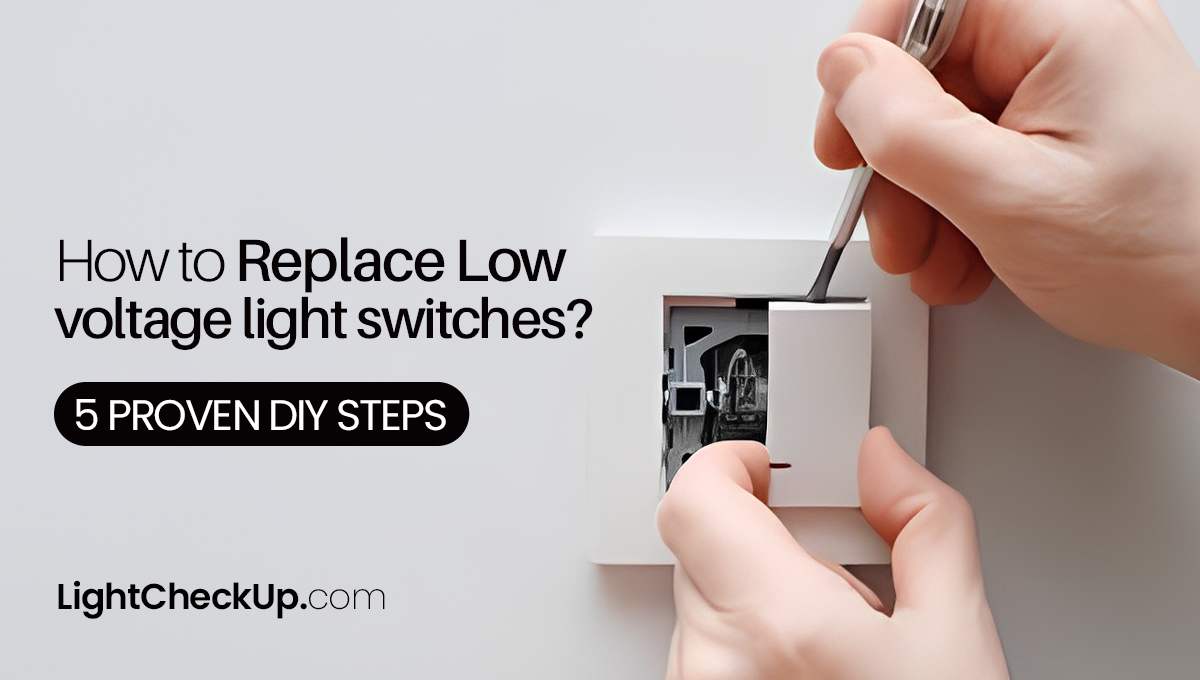If you are looking for energy-efficient lighting, Then Fluorescent lamps are a good option. They have long lifespans in homes, offices, and elsewhere due to their efficiency and well-diffused light. But problems like buzzing sounds or erratic flickers can appear when a fluorescent bulb needs to be changed. How to tell if fluorescent bulb or ballast is bad? Why does my fluorescent light take a long time to turn on?
The ballast controls the glow’s electric current and light. I think you’re having lighting problems. Don’t worry. I think I can help you find and fix the problem so you can enjoy a well-lit space again. You can identify the issue and fix it to enjoy a well-lit space again.
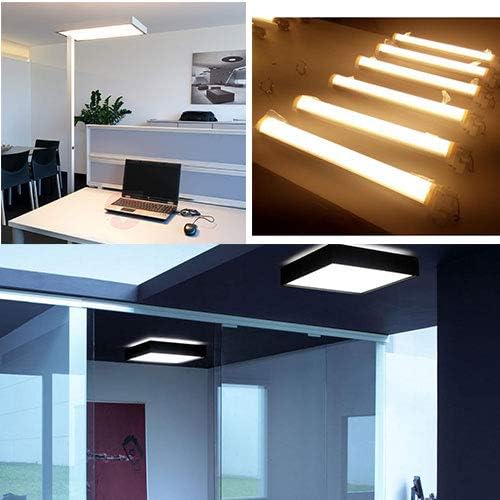
How to Tell if Fluorescent Bulb or Ballast is Bad -image source by Amazon
What are Fluorescent Bulbs?
It is common to find fluorescent lamps and bulbs in commercial spaces like offices and stores. These bulbs use an electric current to excite gases, creating a bright white light. They require a socket and ballast to work. The specific socket and ballast ensure that the bulbs function properly. Fluorescent lighting works well, but problems can happen with it over time.
Common signs indicate a bulb or ballast replacement.
Fluorescent bulbs power fluorescent lighting. How to tell if a fluorescent bulb or ballast is bad
Here are some signs that your bulb may be dying:
Flickering or dimming: A fluorescent bulb’s phosphor coating may be deteriorating if it flickers or dims. Age, temperature swings, or a faulty starter are all potential causes of this.
Buzzing or Humming Sounds: Unusual sounds coming from your light fixture can indicate an issue with the bulb. A failing ballast, loose components, or electrical issues could all be the cause of buzzing or humming.
Slow Start-Up: A failing starter may cause a fluorescent bulb to take a long time to light up. A starter provides the initial voltage to kick-start the bulb’s illumination.
Inconsistent Color: If your fluorescent light is emitting an uneven or distorted color, it might indicate a problem with the phosphor coating or other internal components of the bulb.
Visible Darkening:
How to tell if ballast is bad? Dark spots or blackening at the ends of the fluorescent tube suggest that the bulb is reaching the end of its lifespan. This darkening occurs due to the gradual deterioration of the electrodes.
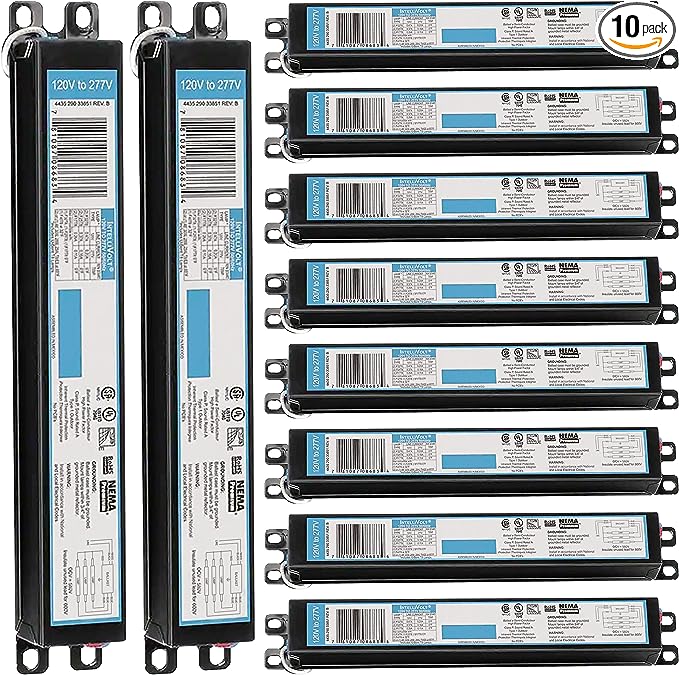
How to Tell if Fluorescent Bulb or Ballast is Bad -image source by Amazon
How to tell if fluorescent bulb or ballast is bad?
Watch for light bulb issues like flickering or flashing. Dimmer than usual light output is also a symptom of a failing bulb that needs replacement. If your fluorescent bulb takes longer to reach full brightness, it may need to be replaced.
If you notice some buzzing sounds emitted by bulbs could indicate a faulty ballast or bulb, and any visible discoloration or blackening at the ends of a white-wire fluorescent bulb could also imply a problem. So don’t ignore these symptoms. Regularly checking and replacing faulty bulbs can help ensure proper lighting and prevent accidents caused by inadequate lighting.
Unusual Flickering
How to tell if fluorescent bulb or ballast is bad? If you notice that your fluorescent bulb is flickering intermittently, it could be a sign of a faulty ballast. Loose or faulty wiring connections can also cause unusual flickering. This inconsistent lighting, where the bulb flickers on and off, may indicate a failing ballast. You need to address the flickering issue promptly to prevent eye strain and discomfort.
Use a multimeter to check the voltage. If needed, replace the ballast. Take care when working with electrical parts.

How to Tell if Fluorescent Bulb or Ballast is Bad -image source by Amazon
Dim Light Output
How to know if a ballast is bad? If your fluorescent bulb seems dimmer than usual, it may be dying. Additionally, a faulty ballast that fails to provide sufficient voltage can also result in dim light output. To troubleshoot the issue, check for any obstructions or dirt on the bulb or fixture that might be reducing the light output.
Additionally, a poor ballast can result in a weak electrical current and dim lighting. In such cases, it may be necessary to replace either the bulb or the ballast to restore proper illumination.
Recognizing Signs of a Failing Ballast
Excessive heat emanating from the fixture can be a red flag indicating a malfunctioning electronic ballast. If you hear buzzing or humming, the ballast may be malfunctioning.
If the fixture experiences frequent circuit breaker trips, it’s likely that the ballast is at fault. A bad ballast can also cause inconsistent lighting. Finally, check for burning smells or ballast discoloration.
Excessive Heat or Noise from the Fixture
If you notice excessive heat emanating from your fluorescent light fixture or hear unusual noises such as buzzing or crackling, it could be a sign of a failing ballast. Overheating ballasts can cause moisture loss and safety issues. Similarly, strange noises suggest that there might be an issue with the ballast.
To prevent overheating and ensure safety, address these issues promptly. Ensure proper ventilation to prevent overheating and moisture loss in your fixture.

How to Tell if Fluorescent Bulb or Ballast is Bad -image source by Amazon
Complete darkening
If your fluorescent light does not start instantly, it could indicate a defective ballast. How to tell if fluorescent bulb or ballast is bad? Check the power supply, circuit breaker, and fluorescent bulb for problems. Burned-out bulbs can cause light loss.
Check the socket and wiring connections for damage or loose wires. If the issue persists, replace both the bulb and ballast. Work with electrical parts carefully. Replacing a ballast can be hazardous if not done correctly.
If you’re unsure, hire an electrician to do it safely. You can avoid issues with fluorescent lighting if you maintain it. This includes cleaning light fixtures regularly and replacing bulbs as soon as they burn out. Follow the steps for safe and effective maintenance of your lighting system.
How to test a fluorescent light fixture?
To test for a bad bulb or ballast, you can use a multimeter to measure the voltage and resistance of the ballast in ohms. Try testing the fluorescent bulb in another fixture to see if it functions properly.
If other bulbs work in the fixture but one specific bulb does not, it may be faulty. Replace the bulb with a known working one to verify if the issue is with the bulb. If troubleshooting fails, call an electrician.
Safety Rules for Testing
Fluorescent bulb and ballast testing must be safe.
- To start, turn off the power supply to prevent electrical hazards.
- Wear protective gear like gloves and goggles for safety.
- Use a multimeter and screwdriver to test for continuity and voltage readings.
- Testing the bulb in a different fixture can help determine whether the bulb or the ballast require replacement.
It’s best to hire an electrician if you’re unsure. Fluorescent bulbs contain mercury, so proper disposal is necessary. Never dispose of them with regular household garbage; instead, consider taking them to recycling centers or hazardous waste facilities that offer proper disposal options. These fluorescent bulb and ballast handling guidelines will keep you safe and promote environmental responsibility.
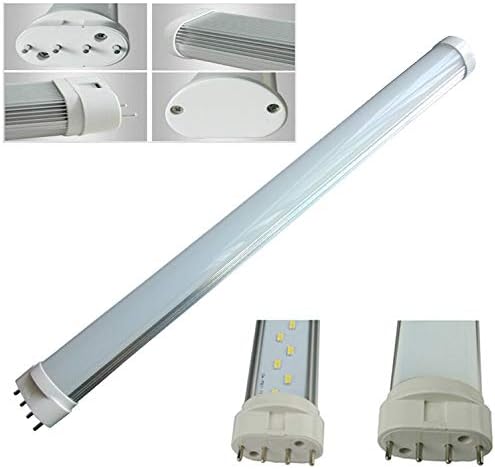
How to Tell if Fluorescent Bulb or Ballast is Bad -image source by Amazon
READ ALSO: Is It Safe To Cover LED Lights? You Might Be Surprised
FAQ: How to tell if fluorescent bulb or ballast is bad
Do All Fluorescent Lights Need a Ballast?
Yes, fluorescent lights require a ballast to regulate the electrical current. The ballast prevents flickering and failure to turn on the bulb. Different types of ballasts are available for different fluorescent bulbs.
Can I replace just the ballast without changing the bulbs?
Yes, you can replace the ballast independently. However, it’s recommended to change both the ballast and bulbs if they are nearing the end of their lifespan to ensure optimal performance.
How often should fluorescent bulbs be replaced?
Fluorescent bulbs typically last 10,000–15,000 hours. Before replacing something, check for wear and tear. When you replace old or broken bulbs, you get better lighting, make sure everyone is safe, and save money.
How do I know if a ballast is broken?
How to tell if fluorescent bulb or ballast is bad! If a ballast flickers or takes too long to turn on, it’s bad. When turning on lights, listen for buzzing. Also, check if the light changes brightness. The ballast might have burn marks. If you find these issues, you may need to replace the ballast. It’s safer to ask an electrician for help.
How to tell if the T8 ballast is bad?
Find T8 ballast issues like flickering lights, buzzing sounds, uneven brightness, burn marks, and replacements. Consult an electrician for safety.
What happens when the ballast goes bad?
A bad ballast can cause flickering lights, buzzing sounds, uneven brightness, and burn marks. These issues can impair lighting system performance and safety. It is best to ask an electrician for help figuring out what’s wrong with a ballast and replacing it.
Are there energy-efficient alternatives to fluorescent lighting?
Yes, LED lighting is popular. LEDs use less energy, last longer, and generate less heat.

How to Tell if Fluorescent Bulb or Ballast is Bad -image source by Amazon
Conclusion: How to tell if fluorescent bulb or ballast is bad
If you know the signs of how to tell if fluorescent bulb or ballast is bad, you can avoid not having enough light and wasting energy. Whether it’s flickering bulbs, strange noises, or delayed illumination, being aware of these indicators empowers you to take action promptly. Recall that fixing these issues quickly improves lighting quality and makes your area greener.
When your fluorescent lights malfunction, don’t let confusion cloud your judgment. To keep your space bright and welcoming, identify the symptoms, consider the solutions, and make a decision.
READ ALSO: How To Wire Auxiliary LED Lights In 40 Minutes Or Less





